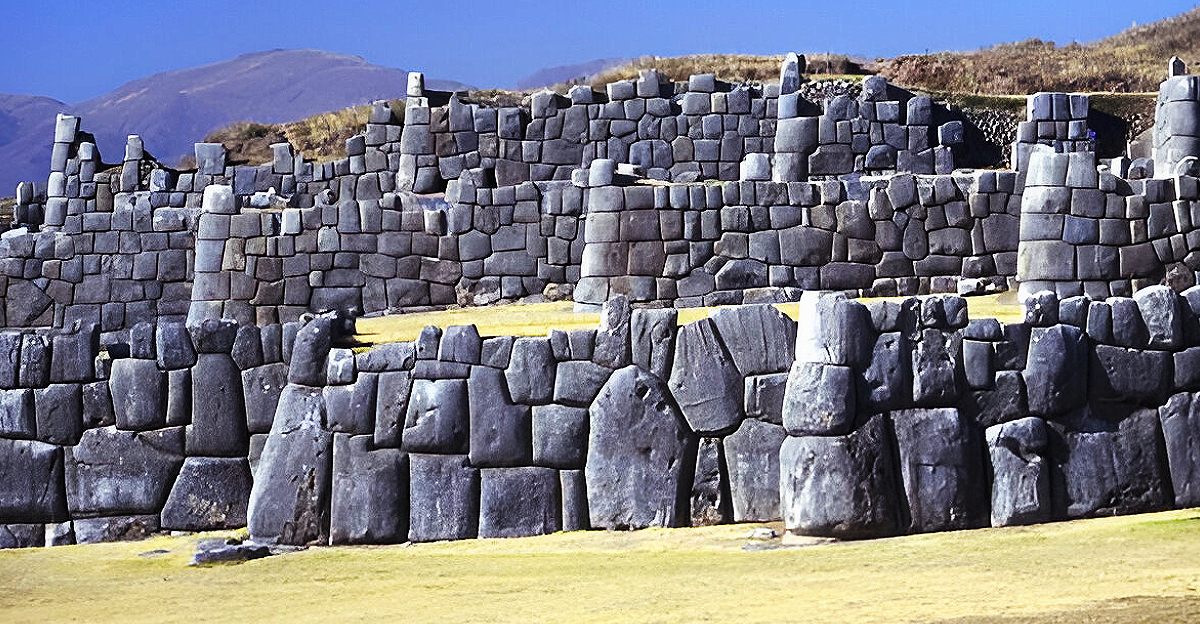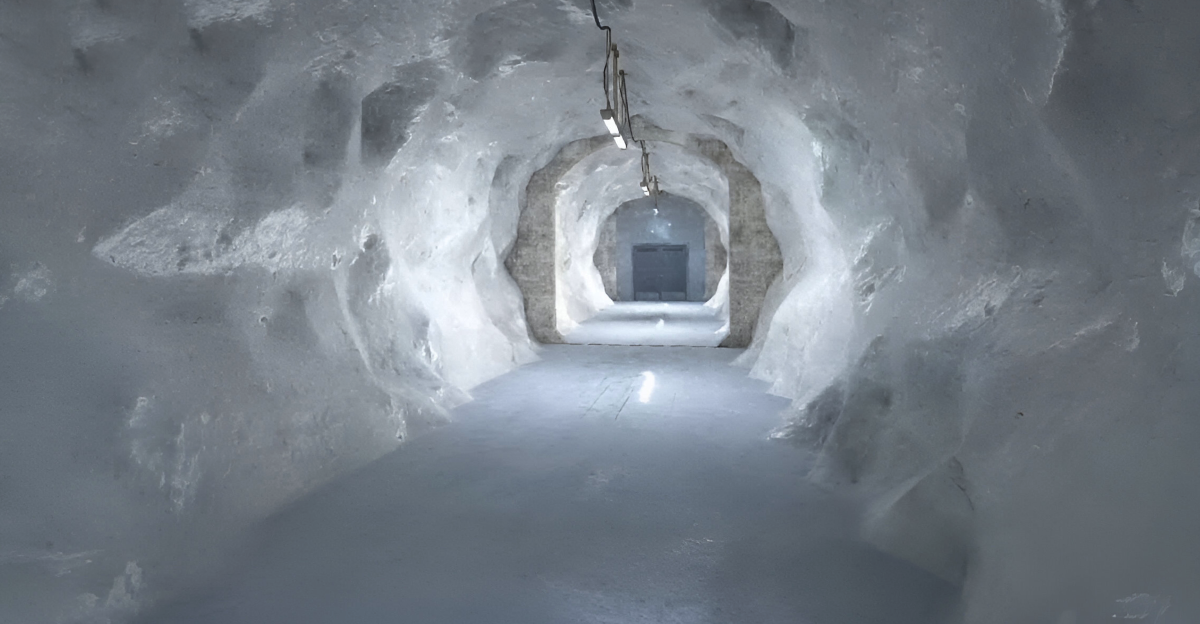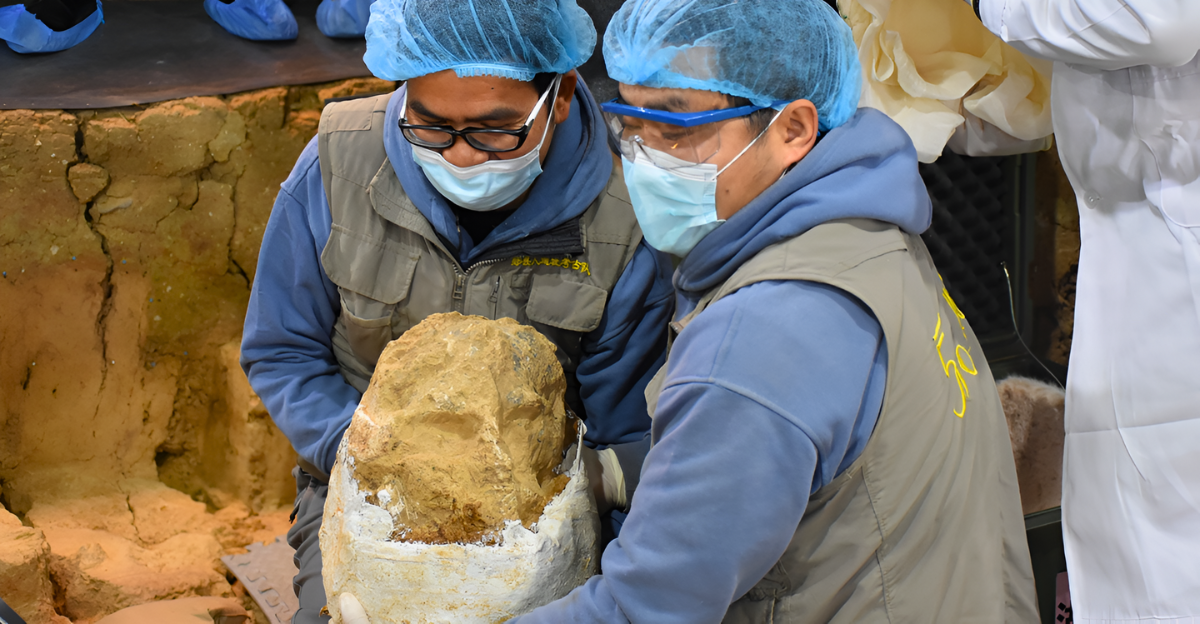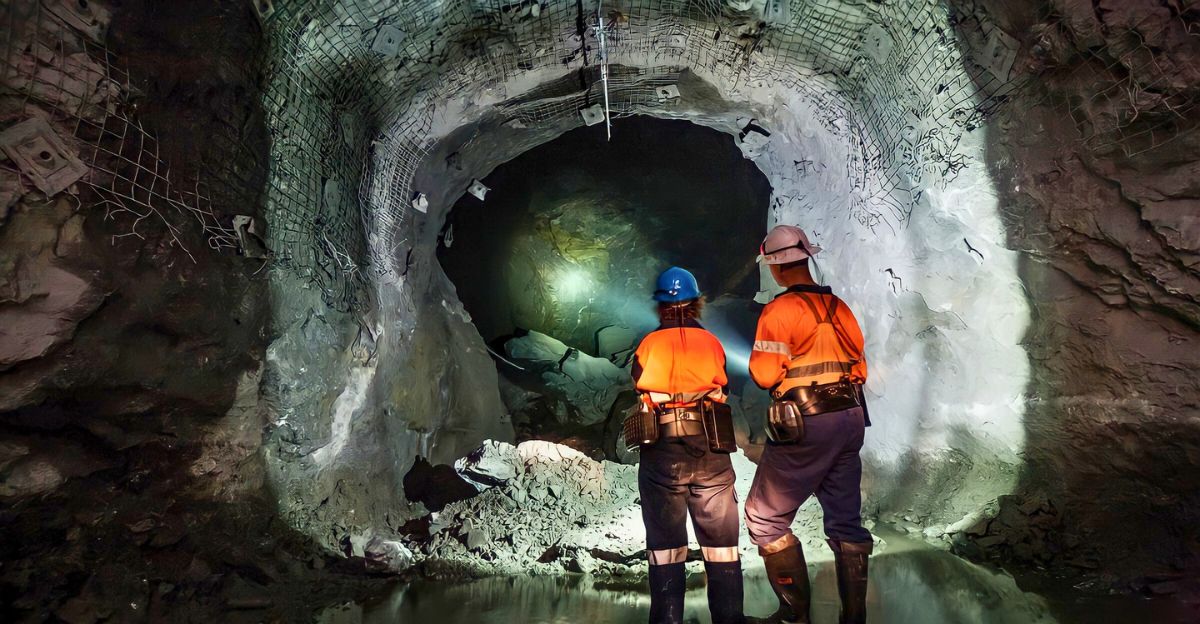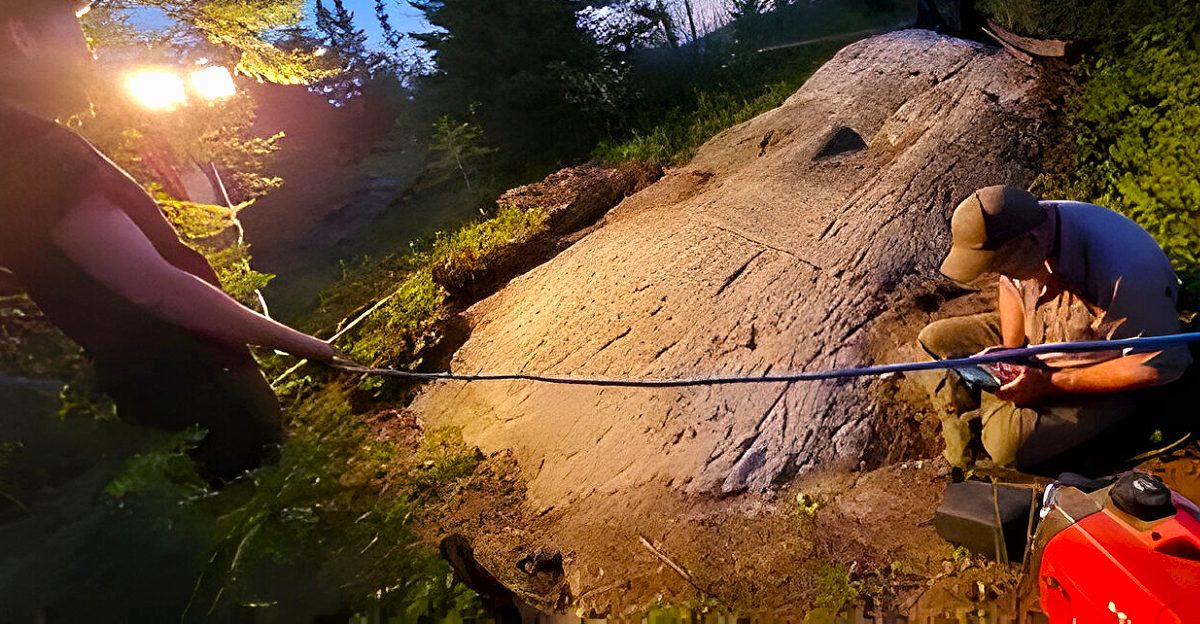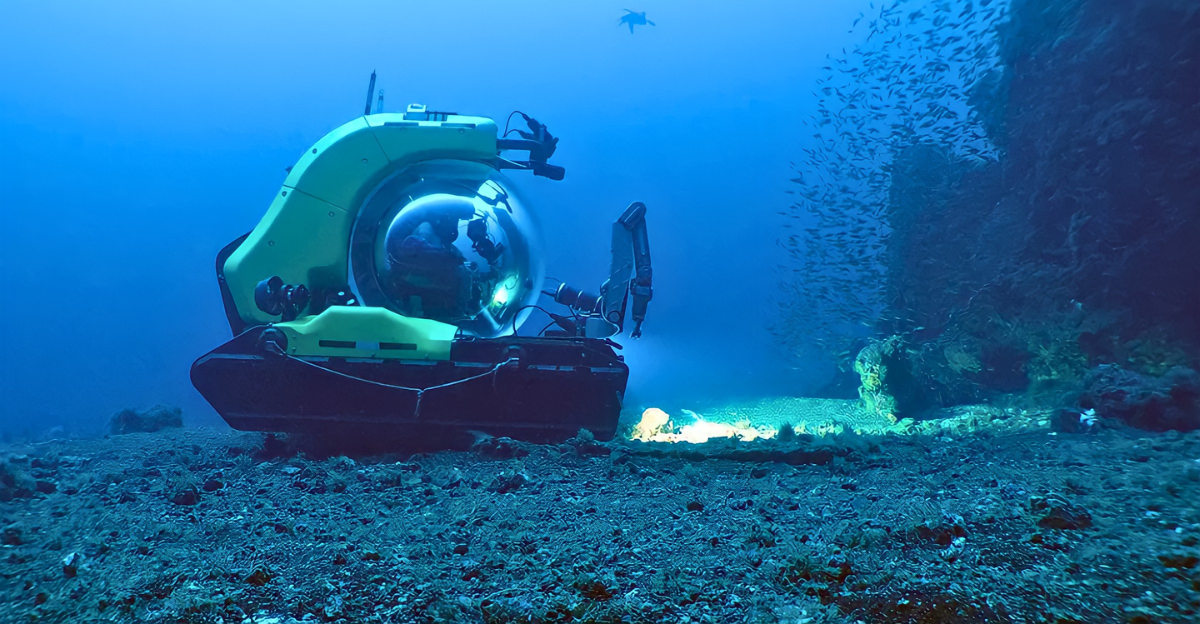
Beneath the waters off California’s central coast and along the Mid-Atlantic Ridge is an unexplained phenomenon that has left scientists scratching their heads. For decades, these strange holes have sparked debate about their origins and causes. But with modern technology, everyone is wondering if scientists will ever be able to solve this mystery.
The Pockmarks
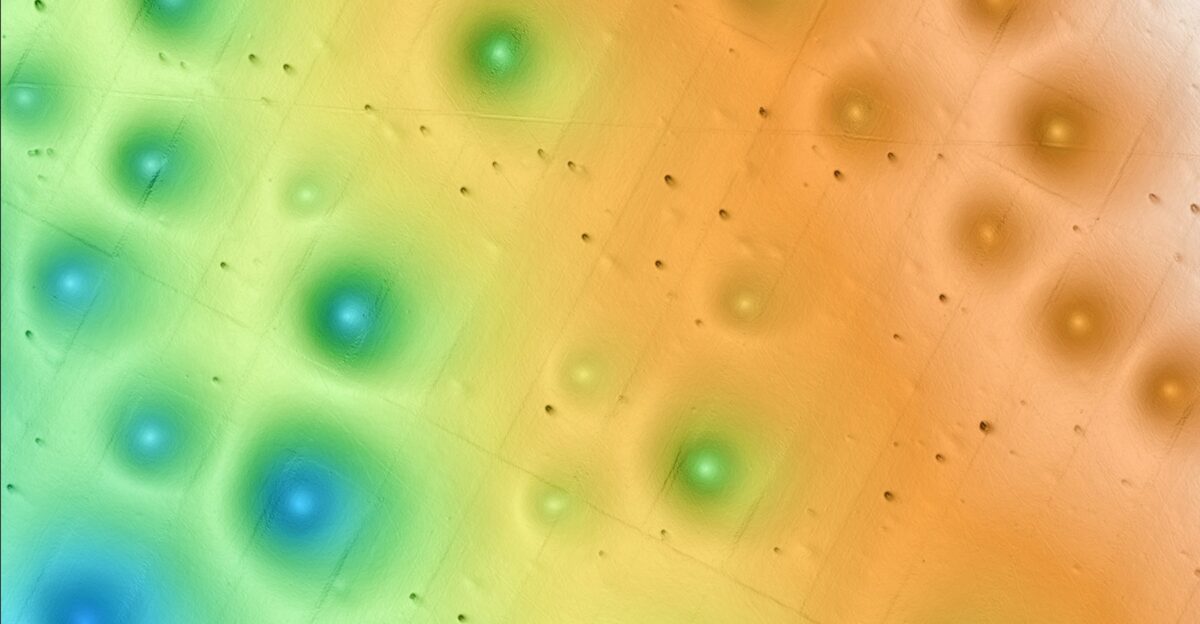
Scientists have discovered an extensive field of mysterious seafloor holes known as pockmarks near Big Sur, off the central coast of California. This field stretches roughly 500 square miles, an area that’s almost the size of Los Angeles. Researchers once believed that these formations were created by methane gas seeping up from below the seabed, but new high-resolution mapping and sediment studies have upended that theory.
These features, which are about 36 feet in diameter and 3 feet deep, have been found close to larger, inactive pockmarks measuring up to 574 feet across. Around 15,000 of these small, round holes, known as “micro-depressions”, have been found, many of which contain human debris such as trash and rocks.
AUVs and ROV Assistance
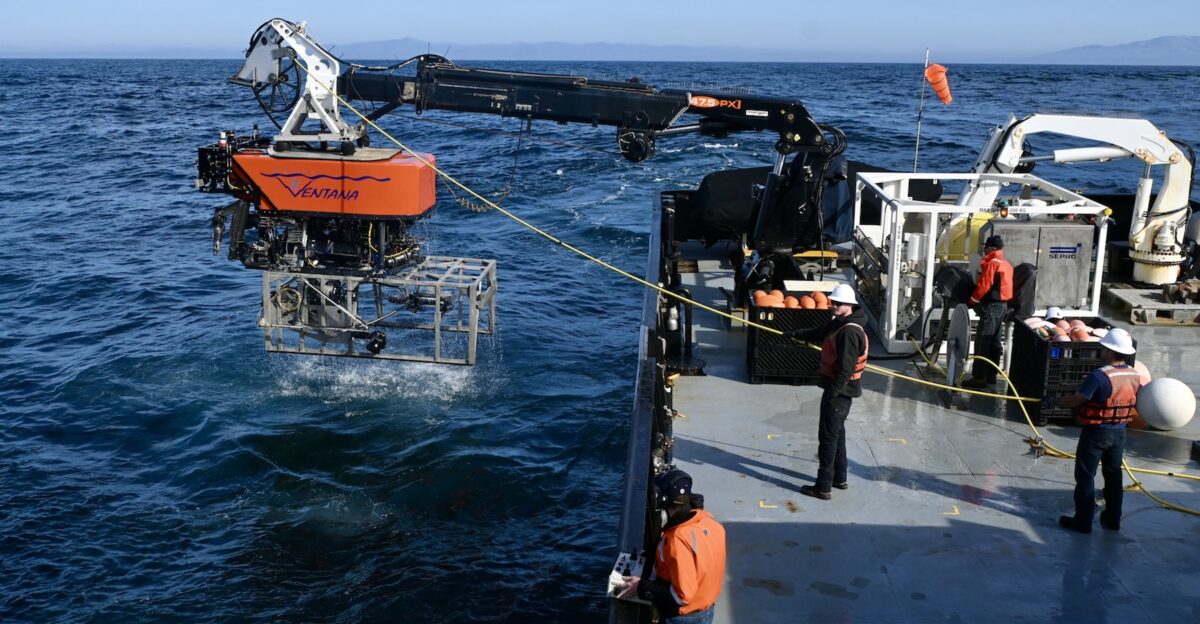
To investigate these formations, MBARI used autonomous underwater vehicles (AUVs) and the remotely operated vehicle (ROV) Doc Ricketts. These robots are equipped with advanced sensors and cameras, and were able to produce highly detailed three-dimensional maps and photomosaics of underwater landscapes.
They created seafloor maps with one-foot resolution and collected 540 sediment cores, which revealed layers of sand left behind by ancient underwater sediment flows. “We collected a massive amount of data, allowing us to make a surprising link between pockmarks and sediment gravity flows”, explained MBARI Senior Research Technician Eve Lundsten.
Unable To Determine
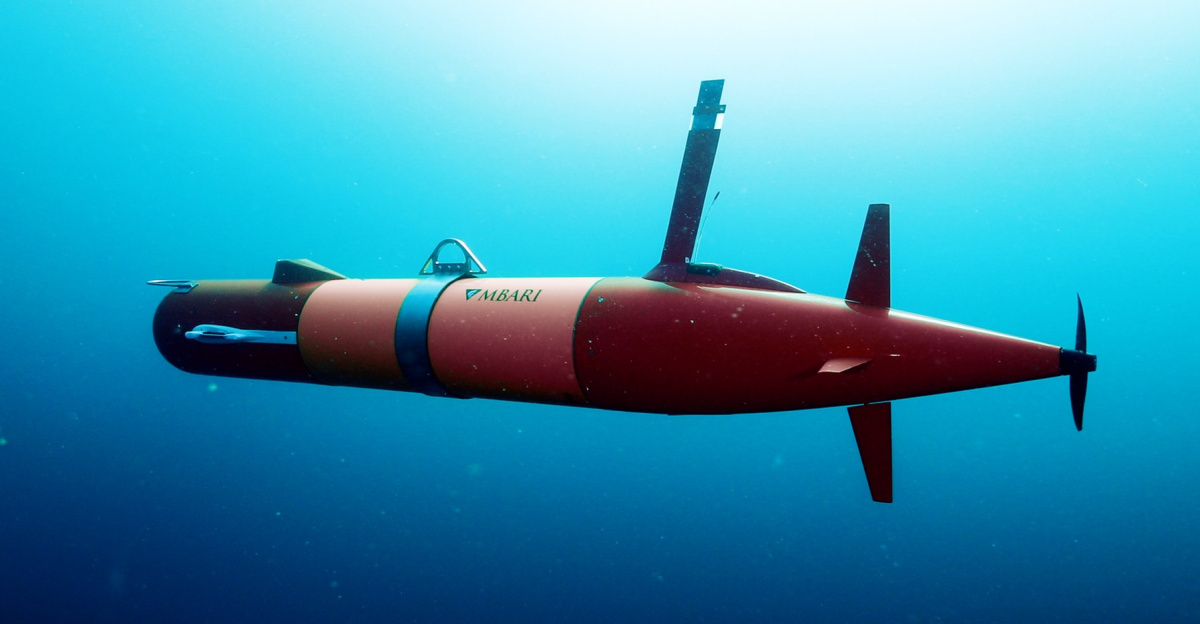
Located off the coast of Big Sur, California, this field is one of the largest and most fascinating underwater features in North America. It spans around 500 square miles and contains more than 5,200 nearly perfect circular depressions. For years, researchers suspected these pockmarks were caused by methane gas rising from below the seabed, which sparked concerns about the area’s stability for potential offshore wind farm development.
“We were unable to determine exactly how these pockmarks were initially formed, but with MBARI’s advanced underwater technology, we’ve gained new insight into how and why these features have persisted on the seafloor for hundreds of thousands of years,” Lundsten said.
The Methane Theory

Thanks to brand new technology, scientists were able to debunk the methane theory, with no traces of methane found in the area. They couldn’t find any gas vents, chemosynthetic organisms, or geochemical signatures usually associated with fluid expulsion.
Instead, sediment analysis revealed rhythmic patterns of coarse-grained deposits and underwater avalanches triggered by earthquakes or slope collapses. These avalanches are known as sediment gravity flows and have shaped these features for more than 280,000 years.
A Hypothesis

The area contains large pockmarks and smaller, newer micro-depressions that were likely created by recent erosion. These small pits often hold items like rocks, kelp holdfasts, animal bones, and, most commonly, human trash. “We were surprised by the discovery of the existence of the micro-depressions, and also the abundance of them,” said Lundsten. “We didn’t know they were there, so their existence was the biggest surprise.”
“A hypothesis is that objects landing on the seafloor produce a habitat for fish,” said Paull. “Their activity stir up the soft fine-grained sediment, which slowly drifts away in the current and progressively excavate the depressions.”
The Stability

Understanding the stability, along with the origins of these features, is super important for proposed offshore wind farms in the area. If the holes were the result of active gas seepage, they could be risky for turbine foundations. Fortunately, the revilation that ancient sediment gravity flows maintain these features indicates that the seafloor has been stable for thousands of years.
“Expanding renewable energy is critical to achieving the dramatic cuts in carbon dioxide emissions needed to prevent further irreversible climate change,” said MBARI President and CEO Chris Scholin.
Still A Mystery
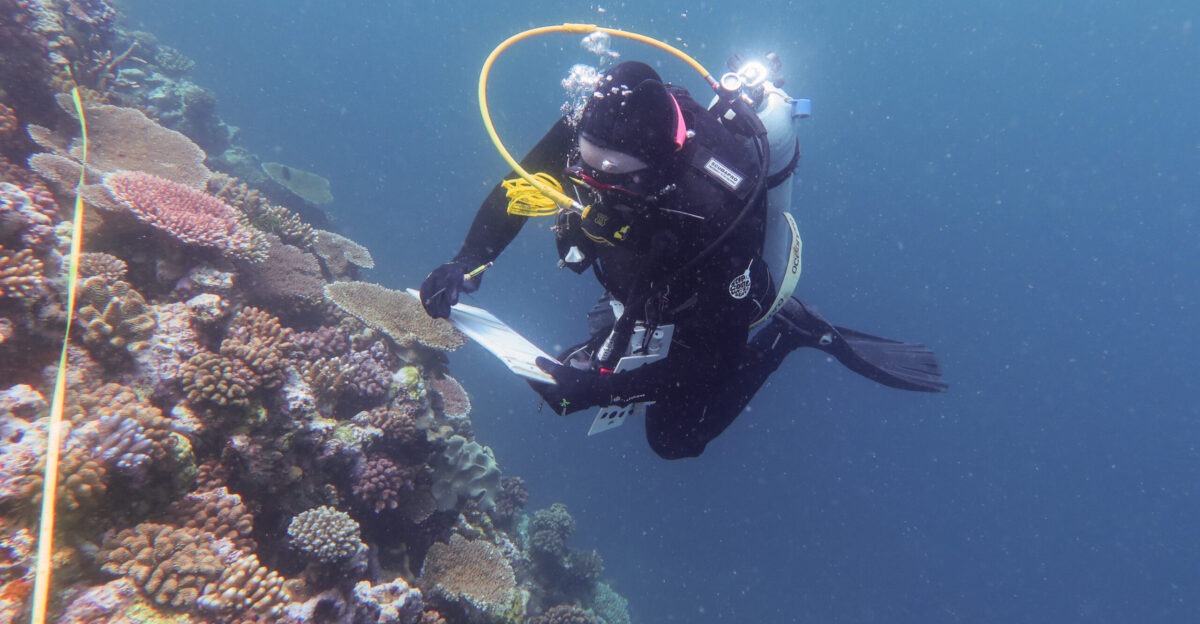
Even though a ton of research has been done on these depressions, they still remain one of the biggest mysteries that still baffle scientists. While scientists have discovered that sediment gravity flows are the main force behind the formation of the large pockmarks, exactly what triggers these flows and how often they occur over is still not fully understood.
Researchers are also baffled by the strikingly regular spacing of large and small holes, which suggests underlying patterns in ocean currents, sediment composition, or even subtle tectonic influences.
Small Habitats
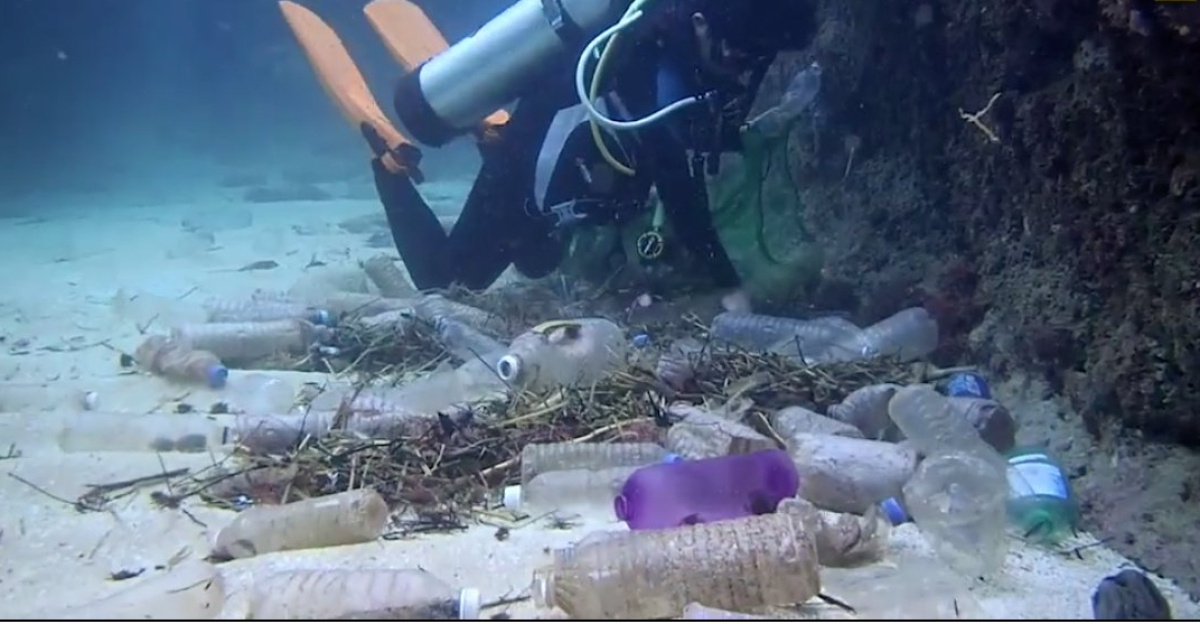
Approximately 30% of these micro-depressions are filled with human trash, while others contain natural debris like animal bones. These items create small habitats for marine creatures, whose activity disturbs the sediment and contributing to the formation of the holes.
“The presence of these objects provides micro habitats for fish, that were commonly observed in ROV dives stirring up the fine-grained sediment, which is then carried away by sea-bottom currents, further contributing to carving out the eroded hole(s) left behind,” one researcher wrote.
Technology Advancements
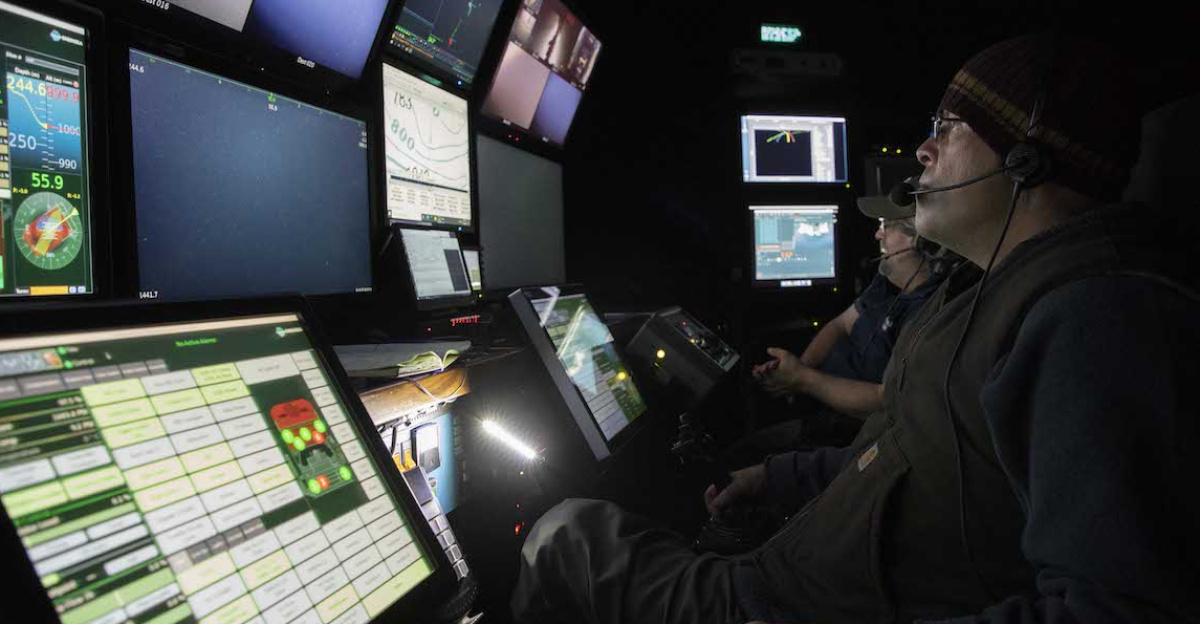
Major expeditions, like the ones done by the E/V Nautilus and supported by NOAA Ocean Exploration, are currently exploring deep-sea habitats worldwide, from the Mariana Islands to the Aleutian Arc. These missions feature live-streamed dives and real-time data collection.
With technology advancing and becoming more accessible and with exhibitions intensifying, the following years will likely bring a ton of new discoveries, helping researchers to understand the world below the waves better than ever before.

